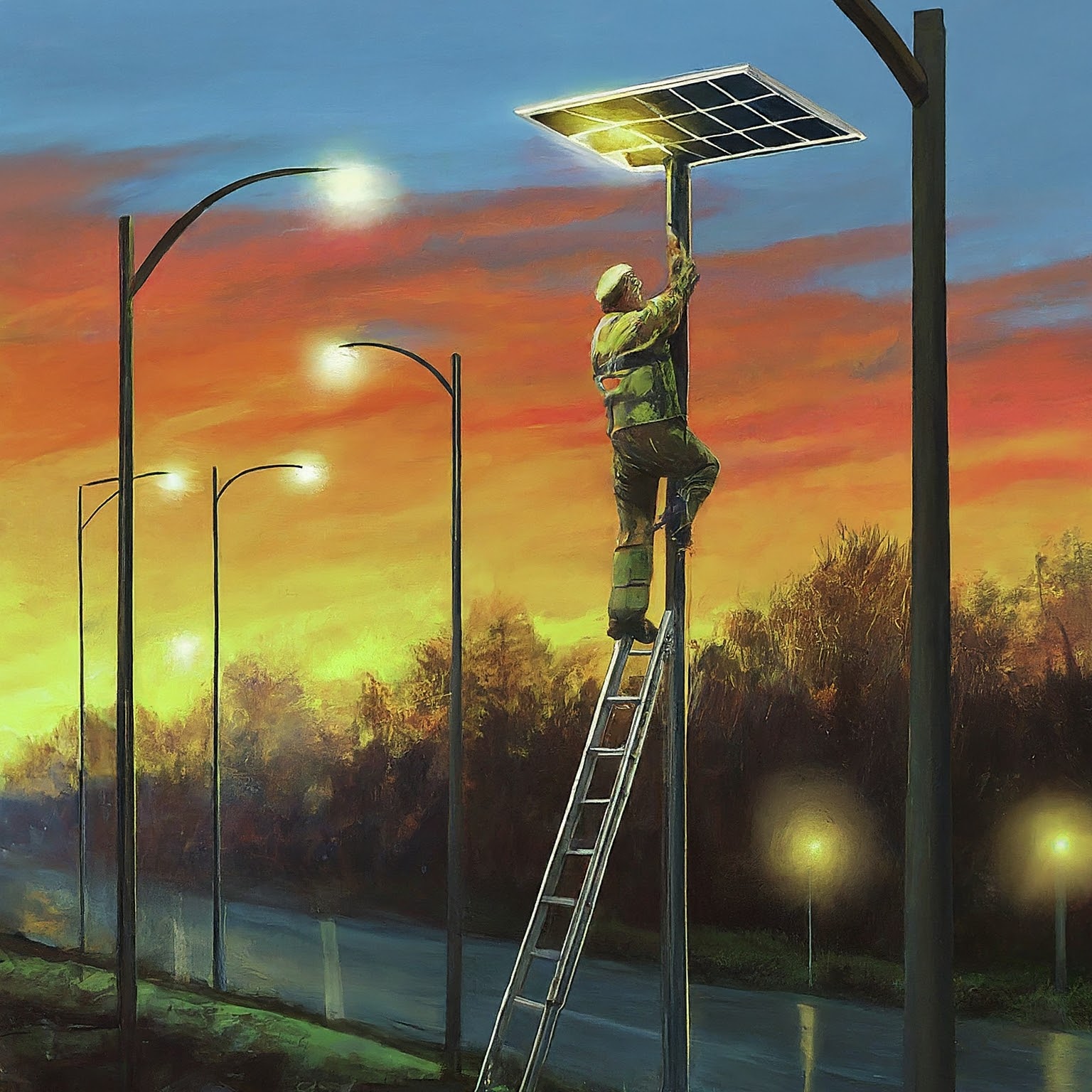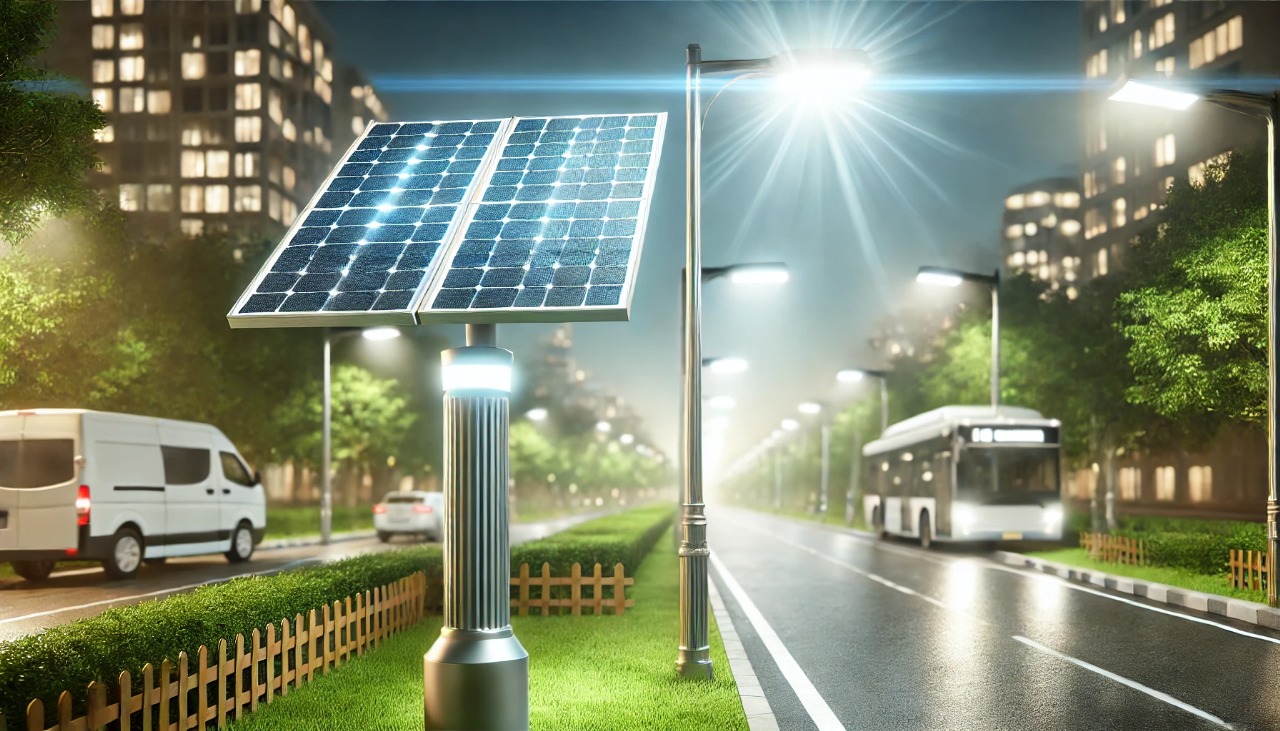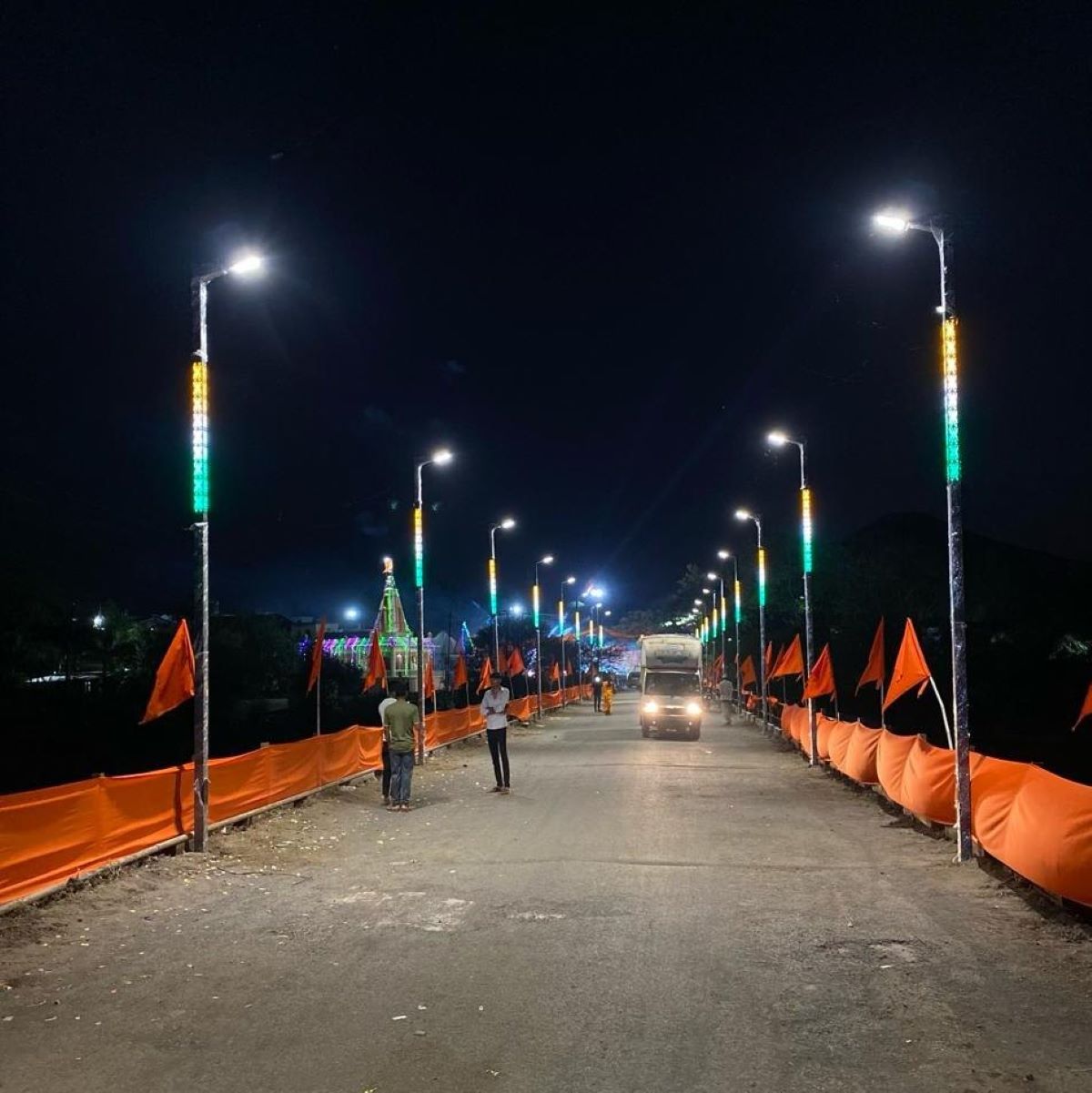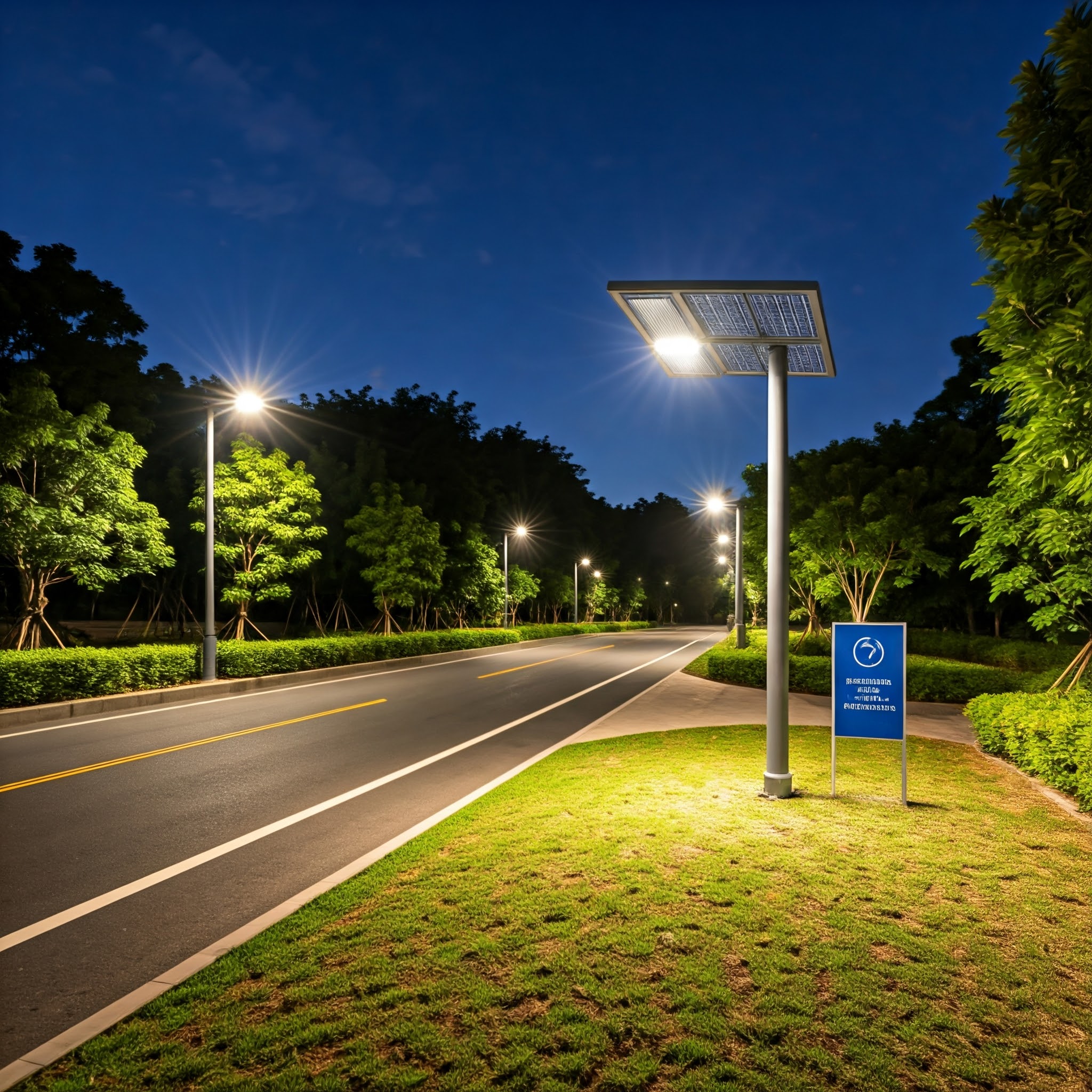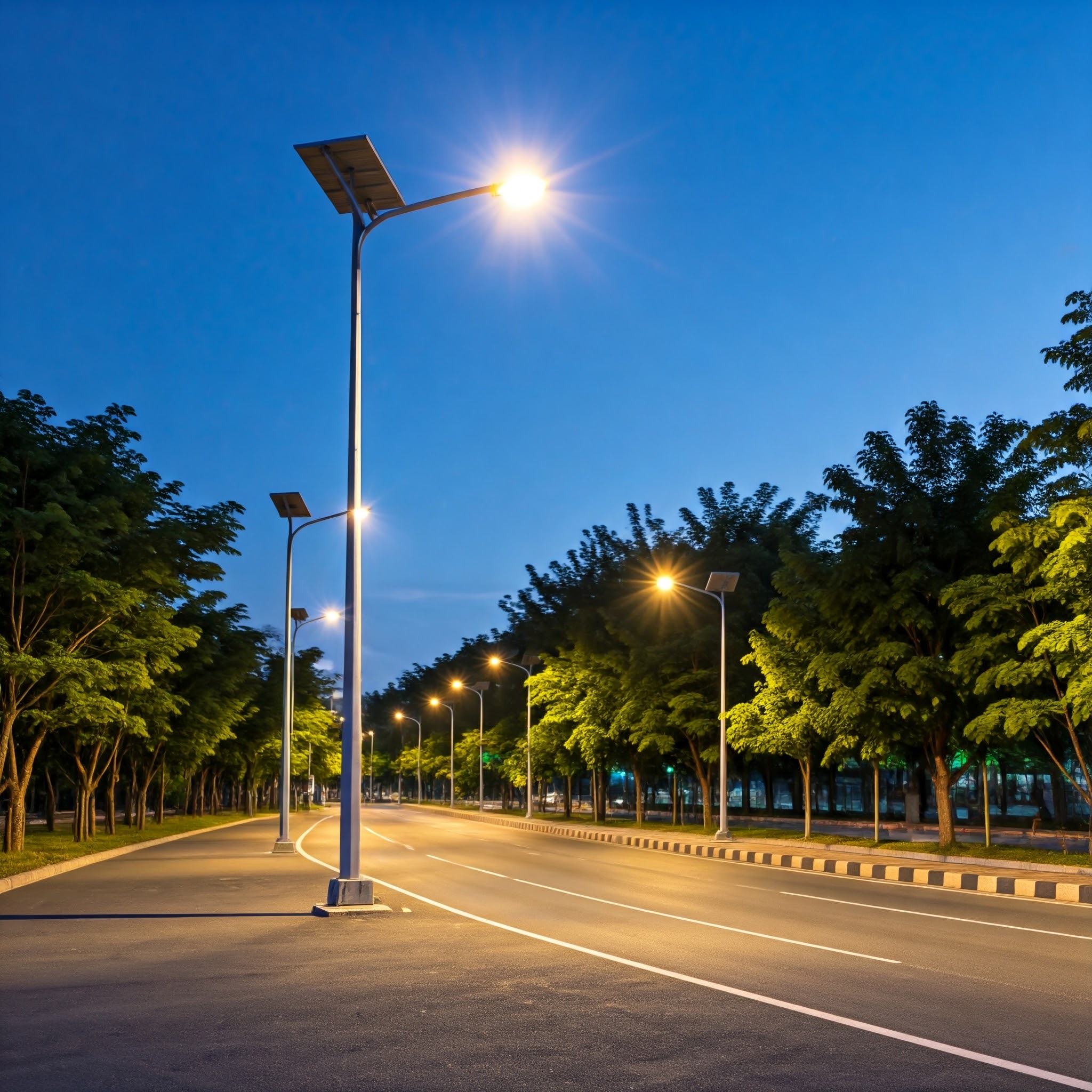Best Solar Lights for Indian Villages

 solar light
solar light
Table of Contents
Why villages need solar lighting
Many Indian villages continue to face unreliable grid power, frequent voltage issues and long outages. Solar street lights offer energy independence, zero recurring electricity bills, fast installation and minimal maintenance — making them the pragmatic choice for rural electrification and community safety.
- Zero electricity costs and predictable long-term savings
- Rapid deployment without civil trenching or complex wiring
- Environment-friendly—reduces kerosene use and indoor pollution
- Scalable: works for single homes up to village-wide networks
Top solar lighting solutions for villages
Semi-Integrated Solar Street Lights
Panel mounted separately; LED luminaire, battery & controller integrated together. Offers panel tilt flexibility and larger panel sizes — ideal for areas with partial shade or varying sun angles.
- Adjustable solar panel orientation for optimal energy capture
- High-capacity LiFePO4/Li-ion batteries with MPPT charging
- Wattage range typically 20W–60W for village roads
- Modular parts enable easier servicing and part replacement
Best for: long rural roads, market lanes, farm access roads, panchayat streets.
All-in-One (AIO) Solar Street Lights
Single compact unit containing panel, battery, controller and LED. Fast to install, visually slim, and excellent for clustered or institutional use.
- Plug-and-play — 10–20 minute installation per pole
- Integrated PIR motion sensing to extend battery life
- Low maintenance and theft-resistant design
- Ideal for smart village corridors and campus lighting
Best for: schools, clinics, housing clusters, temple entrances, public toilets.
Solar Highmast Lighting
Highmast systems illuminate large public areas from a single mast — perfect for haat bazaars, playgrounds, bus terminals and village chowks. Reduce number of poles and provide uniform coverage.
Best for: market grounds, sports fields, fairs & event spaces.
Solar Home Lighting Systems
Compact home kits (2–4 lights + USB charger) enable studying, mobile charging and household tasks during outages — replacing kerosene lamps and improving safety.
Best for: remote households, student study corners, migrant worker housing.
Solar Flood & Area Lights
High-intensity focused illumination for farmyards, pump houses, and security areas. Available in varied wattages based on application.
Best for: farms, cattle sheds, water pump areas and community halls.
Decorative & Pathway Lights
Low-power, maintenance-free lights for parks, temple grounds and village gateways — improve aesthetics and safety with zero wiring.
Best for: parks, temple premises, walking tracks.
Semi-Integrated vs All-in-One — Quick Comparison
| Feature | Semi-Integrated | All-in-One |
|---|---|---|
| Panel | Separate — adjustable tilt & orientation | Integrated — compact panel |
| Backup | Higher (larger panels & batteries) | Good (optimized for compact backup) |
| Installation time | Moderate | Fast (10–20 mins) |
| Maintenance | Easy (modular parts) | Minimal (sealed unit) |
| Ideal use | Rural roads, long lanes, variable sunlight | Institutions, housing clusters, smart corridors |
How solar lighting transforms village life
- Improves night-time safety and reduces accidents
- Encourages evening markets and economic activity
- Supports education — children can study after dark
- Reduces indoor pollution by replacing kerosene lamps
- Lowers operational costs for gram panchayats
- Scalable from a few lights to village-wide networks
- Eligible for government tenders when MNRE/BIS compliant
- Quick ROI compared with grid extension in remote areas
Technical considerations & certifications
When selecting solar lights for village projects, prioritize:
- High-efficiency mono-crystalline PV panels
- LiFePO4 or proven lithium batteries with warranty
- MPPT charge controllers for maximum energy harvest
- IP65 (or higher) rated waterproof fixtures and drivers
- MNRE and BIS compliance where applicable
Certifications to look for: MNRE approval, BIS for luminaires, PWD compliance, ISO-certified manufacturing, NABL testing. These validate performance and make systems eligible for public projects and CSR funding.
Practical implementation tips
- Site survey: Map sunlight angles, shading, pole spacing, and target lux levels.
- Choose correct wattage: Villages typically use 20–60W luminaires depending on road width and height.
- Battery sizing: Allow 3–5 days of autonomy for monsoon/cloudy periods if budget permits.
- Mounting & tilt: Semi-integrated panels should be tilted & oriented for maximum annual insolation.
- Maintenance plan: Annual checks for panel cleanliness, battery health, and fixture integrity ensure long life.
Frequently Asked Questions
Real-world use cases
Market Square (Haat Bazaar)
1 highmast + perimeter semi-integrated lights provide safe trading hours and reduce crowding issues.
School Campus
AIO lights at entrances & pathways enable evening classes and evening extracurriculars with quick maintenance.
Farm Irrigation Area
Flood lights powered by dedicated solar arrays support late-night irrigation and equipment operations.
Conclusion
Semi-Integrated and All-in-One solar street lights together form a resilient, cost-effective lighting strategy for Indian villages. Selection depends on site conditions, desired autonomy, installation speed and maintenance capacity. Xera Tech provides MNRE/BIS-compliant solutions tailored to village projects — from single-home kits to village-wide lighting networks.


